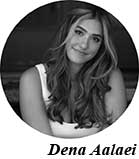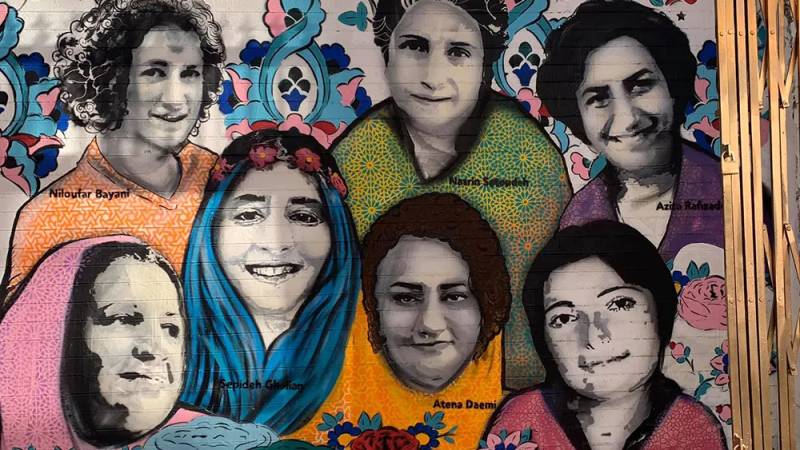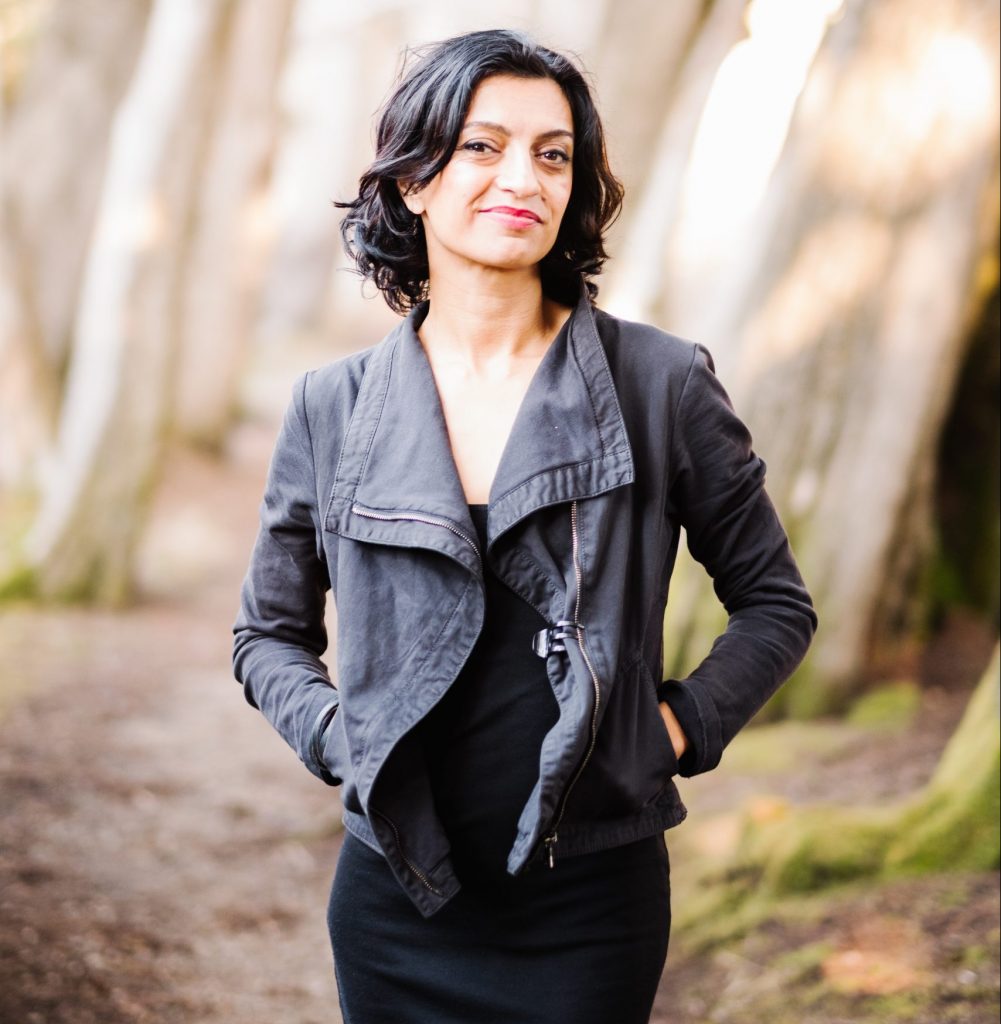There’s so much trauma in the world and there’s so much trauma inside Iran. Our country, for 44 years, has been taken hostage essentially by a group of old men. There’s personal trauma as well, and of people not being able to put food on the table or having a family member killed or themselves being tortured. So how do you process all of this grief [on] the national level as well as a personal one? Art really helps.
So there’s that purpose to it, there’s that level of creating something that’s unified and connects us. And it’s also an act of resilience and defiance. We’re seeing it all over there with graffiti messages or the turban tossing. I also feel like [art is] a way for people to show love and celebrate because [the government] can win everything else except our emotions, of how we feel, how we choose to respond. Us being in that space is an act of defiance and it’s how it’s going to allow us to continue [in the] long haul to win, because we have to do this.
Has your organization United for Iran worked with art before, and what was that experience like? Did it have a certain effect or have you personally felt a connection with art in your life?
Everyone needs to be invited to the party: the artists, the researchers, the advocates, the lawyers who work inside and outside the country, the journalists. So we’ve done a bunch of work with artists. We did a mural project with Shaghayegh [Cyrous] in Clarion Alley in San Francisco that has our logo on it and seven political prisoners.
Six months into me starting United for Iran [in] December 2009, we did Arts United for Iran. We had 33 events, concerts, gallery showings, and there was an online component as well. People submitted ideas [for shows and art], so that was really wonderful. It included so many different artists. On March 8 this year, we sponsored a music video — that’s by Justina, an Iranian hip-hop artist, who lives in northern Europe.
The last project I want to share is called “Vote for Zahra.” It was four years after the uprising happened in 2009, which was Ahmadinejad’s fraudulent election results. Four years later, he’s running [in] another election. We wanted to run a campaign to talk about the elections, [and] highlight the fact that women can’t run for office. So we used art to connect reality with fiction. There’s a graphic novel called Zahra’s Paradise [which tells the story of a] mom whose son went missing during the 2009 uprising named Zahra. [She] runs in the name of her son for the office of the president — a free election for free Iran. We had little pictures of her responding to the world, to the various candidates and whatever they said. People were holding her picture in front of Gandhi’s picture in D.C. and the Nelson Mandela Museum in South Africa, all over the world. That was a really great campaign. And the government of Iran took note: the minister of intelligence wrote about it, and mentioned me as an anti-revolutionary fugitive.
Lastly, what’s coming up next for United for Iran, not just in terms of art, but in terms of events or ideas or campaigns?
Nearly all of our focus [is] inside Iran. We have four major projects that we’re doing currently, and all of them [are] constantly evolving. Iran Prison Atlas is relaunching its new website sometime mid-summer and that’s really exciting. We’ll have visualizations of the various patterns of abuse — we have data for 10 years now. The visualization will tell the story of what’s happening inside prisons and who’s being particularly targeted or persecuted, [which] prisons have most mistreatments, or which judges have the biggest violations.
We have an app that I mentioned at Oakland Art Museum talk as well, called Gershad, where you can report and detour the location of the morality police. And new versions of the app will be coming out within the year.

Firuzeh Mahmoudi and United for Iran will participate in “Iran Through Women’s Eyes,” an intimate salon to discuss the interaction of art, culture and politics with other members of the Iranian diaspora on Thursday, April 27 at the World Affairs Auditorium (312 Sutter St. Suite 200, San Francisco). Tickets and event details are here.





